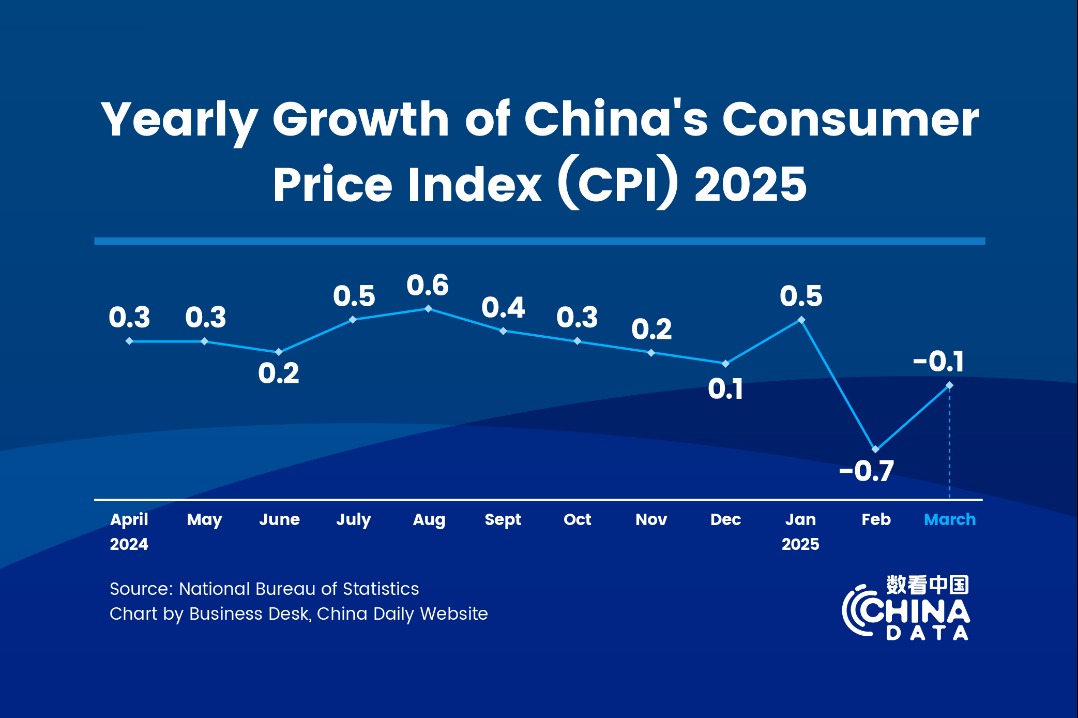China's consumption story steadily evolving


China's economy continues to feel the effects of the ongoing COVID-19 pandemic with a sharper-than-expected slowdown in July as the Delta variant disrupted supply chains and undermined consumer confidence.
Pandemic shocks and aftershocks make the outlook more uncertain than usual, but longer-term consumption prospects appear to remain robust. The sheer scale of China's consumer markets, coupled with the rapid rise in incomes, points to consumption growth potentially worth $5 trillion in the period to 2030, according to new research from the McKinsey Global Institute.
A huge change is underway. Consider that today China is home to fewer upper-middle-income households with annual incomes of $22,000 and above in 2011 international dollar terms in purchasing power parity than the European Union. But in just a decade's time, China could account for almost as many as the European Union and the United States combined.
However, China's consumption story is evolving. Rising incomes still matter, but the primary feature of the next decade may very well be the impact of sweeping demographic and social change that is coinciding with the rapid march of technology. To find the consumers who will drive China's growth, you need to look at very different groups of individuals.
So who are the consumers who are key to growth? We highlight five consumer shifts that matter.
Smaller households
The size of the average household in China has shrunk by almost 30 percent over the past 20 years, reflecting falling total fertility and the fact that people are tending to delay marriage and have children later-three years later-among other influences. Today, between 15 and 20 percent of Chinese households are single-person ones, more than double the share in 1999. The number of single adults has now topped 240 million, and they are driving a robust singles economy. Reflecting the rising prevalence of singles, for instance, pet ownership in China has more than doubled in just five years. Catering to people exercising and even entertaining themselves alone, there are now one-person gym modules and mini karaoke booths in China.
Aging
Consumption by people aged 60 and over is expected to grow at about double the rate of the population as a whole over the next 10 years, and an increasing share of their spending will be online-at least two-thirds by 2030. Because so many elderly were housebound during the pandemic, this trend has accelerated. By the end of 2020, China's over-60 crowd accounted for more than 11 percent of the country's internet users, almost doubling their share in only nine months. Ali Research reported that the number of seniors' monthly average users of one of the largest e-commerce platforms in China grew year-on-year about 30 percentage points faster than other age groups in 2020. Chinese technology companies, including Baidu, Didi, Taobao and JD, are all rolling out senior-friendly apps.
Rise of digital natives
So-called "digital natives" born between 1980 and 2012, including members of Generation Z and millennials, already account for over one-third of Asia's consumption, and that is expected to increase to 40 percent by 2030. Twenty-nine percent of Gen Zers in China spend more than six hours a day on their mobile phones, voraciously consuming video content. This is a generation that is confident in their financial futures, and this is reflected in a willingness to borrow in order to spend. Half of all consumers taking out consumer loans are younger than 30.
Segment of one
The personalization of goods and services is spreading across industries, fueled by the enormous amount of data being generated and analyzed to home in on what consumers really want. Chinese consumers are relatively willing to share their data in order to get the goods and services they want-47 percent, compared with less than 30 percent in France, Germany and the United Kingdom, for instance.




































